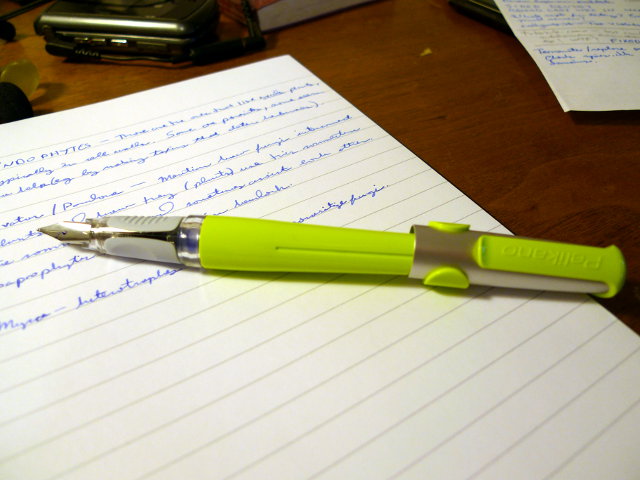D-STAR Myths
Published at 21:03 on 18 October 2013
Some time ago I wrote a post about D-STAR. It’s time to revisit the technology and do some quick summarizing.
D-STAR is an Open Standard
Maybe in an abstract theoretical sense, but in practice, it’s proprietary. Only one major ham radio manufacturer (Icom) supports D-STAR. None of the others have announced any intention to. In fact, one, (Yaesu) has come up with a digital protocol of their own. Plus, there’s plenty of hams utilizing used P25 digital equipment. So not only is it not “open,” it’s also not really a “standard.” The actual standard for local VHF/UHF voice communications remains FM, because that’s what all manufacturers support, and what the vast majority of repeaters continue to use.
D-STAR is the Wave of the Future
Highly unlikely. Digital modes in general are the wave of the future and will probably eventually displace FM and most other analog modes for most communications. But it’s hardly clear that D-STAR is the technology which will prevail. In fact, its lack of widespread adoption argues against it being the digital technology which will prevail. More than likely, that will end up being some yet-to-be-invented mode which offers far better weak-signal performance than either D-STAR of FM, and audio quality at least as good as current analog modes. That way, users will put up with the unavoidable “fall off a cliff” because it will happen significantly further out than where FM starts getting a bit hissy and choppy.
D-STAR, being Digital, Offers Better Audio Quality
No, it doesn’t. It offers worse audio quality. This isn’t CD-style digital audio we’re talking about; there’s significantly less bandwidth available than that on a ham radio channel. Circumstances dictate a slower sampling rate and very aggressive compression. Lossy compression. Quite audibly lossy compression, in fact.
It gets even more dramatic in weak-signal situations. Like all digital modes, a D-STAR signal quickly “drops off a cliff” when usable range is exceeded. Audio gets totally lost, first little bits, then big bits, then all of it. And it’s a much more disconcerting and intelligibility-compromising loss of information than one gets in analog FM, where rising background hiss provides an early warning and the drop-outs are not so sudden or so total.
D-STAR Is Needed Because We’re Out of Repeater Pairs
Maybe in Manhattan, Tokyo, or LA this is the case but for the vast majority of the Earth’s surface it is not. Most places have plenty of repeater pairs available. Others, such as most big cities that fall short of being megalopolises, might be short on empty repeater pairs but the repeaters themselves end up being mostly empty (you can listen all day and you’re lucky if you as much as hear another station ID). There’s plenty of room for more chit-chat.
D-STAR Therefore Is Useless
Not so fast. Nothing says you must use it for voice. There’s two parts to D-STAR, a CODEC for moving between the analog and digital worlds, and a way of sending streams of bits over the airwaves. The former is actually where most of the cost for the equipment comes in (since it’s a proprietary CODEC), while the latter is 100% open. So if you need a digital point-to-point link, the technology has some use.
In other words, it’s a specialized mode for special applications, not any sort of general-purpose replacement for FM.

